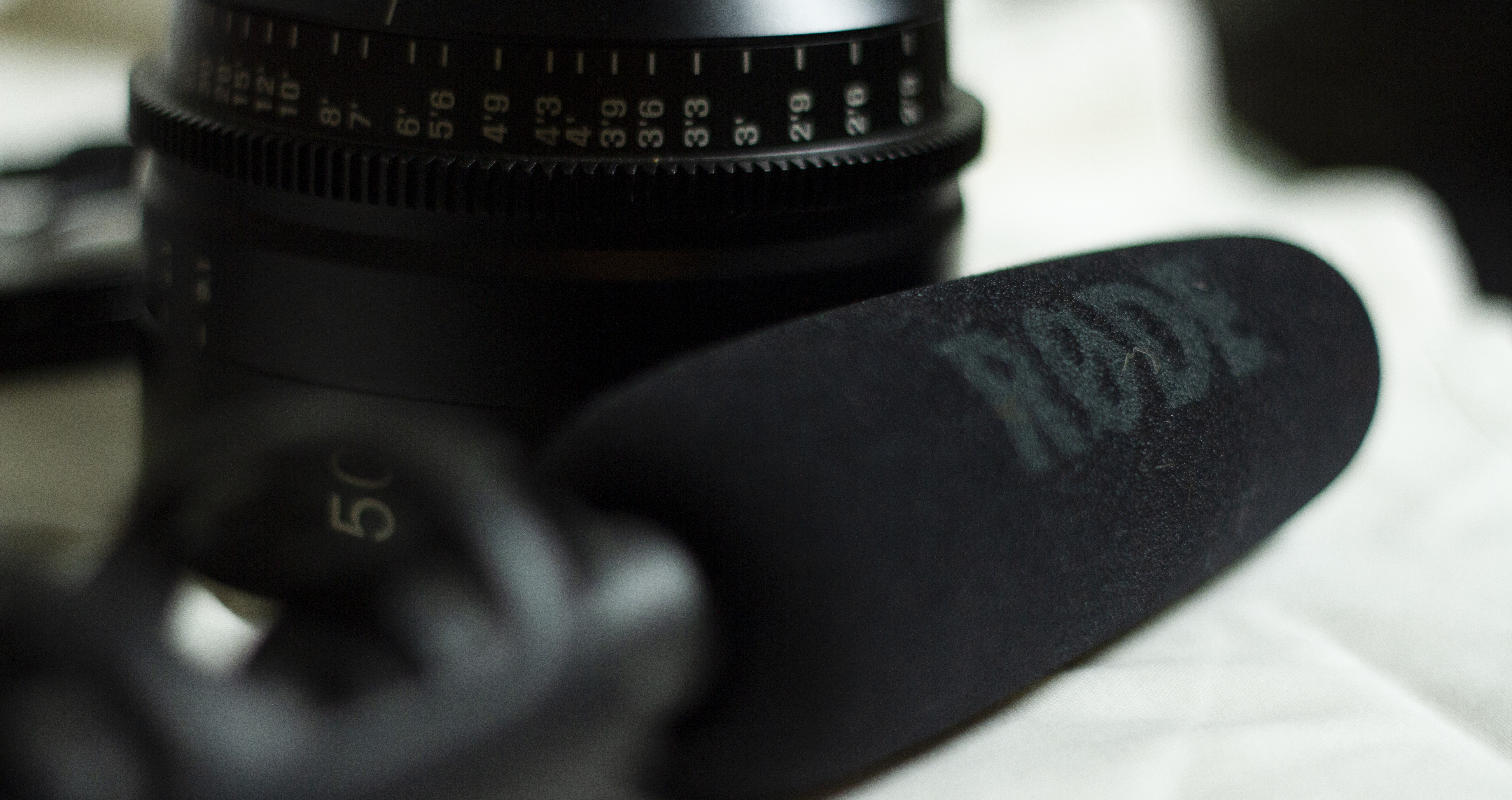When putting the lav on an actor make sure its hidden in their shirt but not rustling under the clothes because that sound will come out. There is a tape method using gaffers tape to make a little triangle folded wrapped around the mic so that the fabric doesn’t cause any noise. The mic will be in between each end of the tape protected from fabric. For interview shots it’s usually ok that the mic shows but keep it nice with the cable tucked away.
Cotton and Wool are less likely to cause noises but silks and synthetics are noisier and difficult to deal with.
If you are using the boom pole be sure to capture 30 seconds of room tone for every new scene for editing purposes. This will allow a smooth edit with the ambience and you will not hear the audio cutting in and out between multi camera dialogue.
Another thing you will want to do is have a dead cat for those outdoor scenes. Especially on a windy day a dead cat will save your audio because it protects against the strong wind sounds even from a slight breeze.
Finally, I know this should go without saying but don’t leave your headphones at home!


